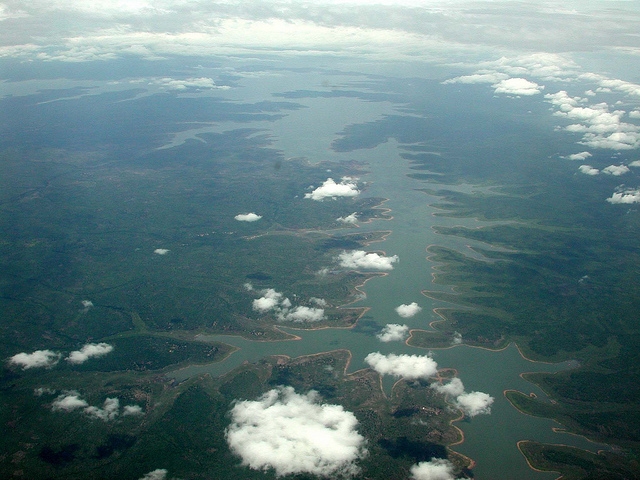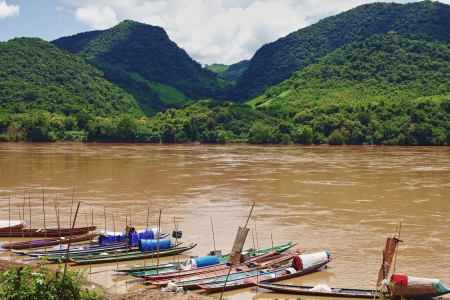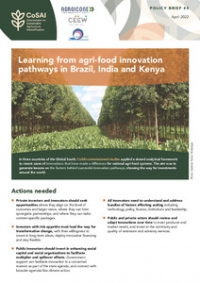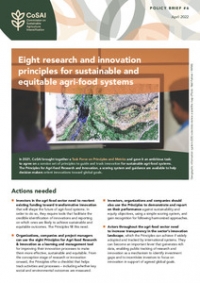Managing transboundary river basins is a huge challenge. Even if there are no overt tensions between countries, local communities and national governments tend to act out of self-interest. National interests are unfortunately rarely in line with the mentality necessary to maintain the sustainable, harmonious and equitable use of the many resources that rivers offer.
One way that nations and development agencies have tried address the issues associated with uncoordinated use of rivers is to engage in transboundary and bilateral dialogue. Nation-states form coalitions in order to try and address the long-term interests of everyone who shares and benefits from the river.

This type of discourse is often messy and doesn’t necessarily accomplish what it is designed to achieve. Dipak Gyawali of the Nepal Water Conservation Foundation and former Minister of Nepal’s Department of Water Resources, was critical of some of the transboundary river dialogue that has been held in South Asia. Speaking at a session at Stockholm World Water Week, Gyawali was especially skeptical of formal nation state treaties.
“In many of these official government dialogues, procedural fetishism gets in the way of actual progress,” said Gyawali. “We need something a little bit more informal.”
What he recommended instead was to have not just transboundary, but transdisciplinary communication where government representatives are welcome to just listen while experts and stakeholders discuss the issues and propose solutions.
He coined the term ‘Track 1.5 diplomacy,’ which is in between track one official government-to-government dialogues, and track two non-governmental, informal non-state actor dialogues.
“Having these kinds of informal track 1.5 meetings would make us all farmers. By engaging in critical discussion, we can plant a seed in a policymaker’s brain, which then has the potential to take root and bear fruit.”
Rachel Jolly, First Secretary of Australian Department of Foreign Trade and Affairs agreed and pointed out that having these kinds of discussion is also a way to build trust. “Trust is the glue that holds transboundary management organizations, like the Mekong River Commission, together, even in times of transition and personnel change” Jolly said.
“Basins are like communities,” offered Nate Mathews, Research Coordinator for the CGIAR Research Program on Water, Land and Ecosystems (WLE). “We’d like to think that all of the members of a community are working towards a single goal, but if there were no networks or interpersonal relationships that held them together, they would collapse. Developing a shared meaning across actors in a basin is critical to getting people to work together effectively.”
“Finding a common cause is the only way to deal with the reality that national interest will always come first,” offered Ganesh Pangare of the International Water Association. “ Having the common cause and identifying some champions who have the trust of government and non-government actors can really bring about significant progress.”
“Of course dialogues are only one part of a bigger strategy for inciting positive change,” said Matthews, “but they are a critical part because they form the basis for understanding and challenging the belief systems through which people perceive the world. Without that, there is no real learning and no real change.”
This past week, Thrive and WLE colleagues were at Stockholm World Water Week 2015. Opinions and analysis will focus on this year's theme of "water and development."















